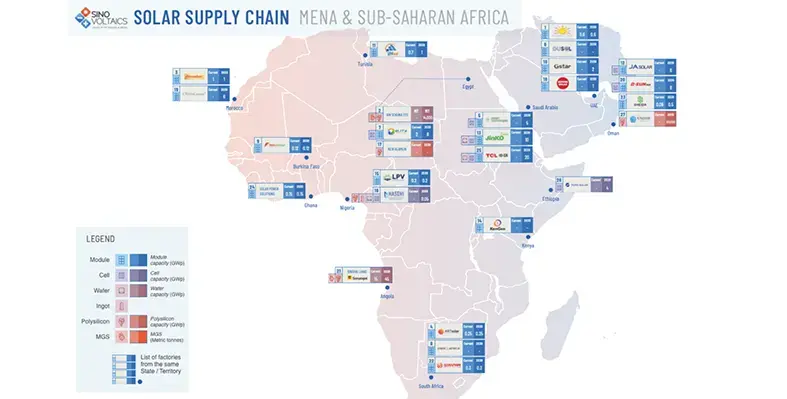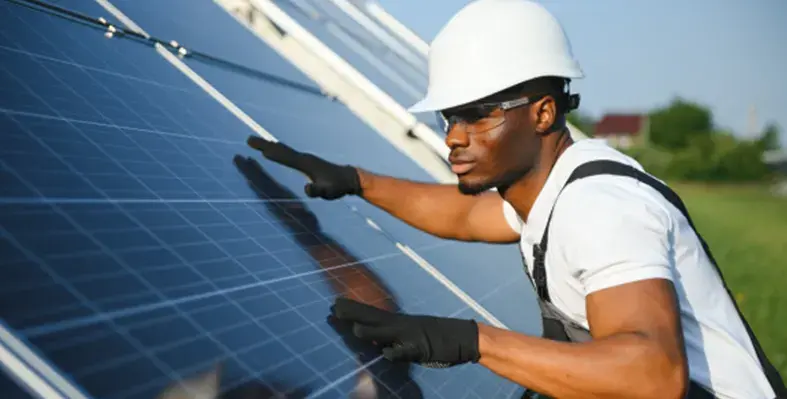
Hybrid power solutions for Africa
Edith Kikonyogo, managing director – Africa at Aggreko talks resources, energy instability and the growing need for sustainable solutions that lower costs and reduce downtime
The cost of electricity in sub-Saharan Africa is 3,188% of income per capita, making it the highest globally and nearly 3.5 times the cost of the next highest region, South Asia.
While precise continent-wide gross domestic product (GDP) loss figures aren’t universally agreed on, the World Bank and a variety of academic institutions agree that unreliable and expensive energy supply is a significant inhibitor of competitiveness and economic growth.
For industrial operators across mining, manufacturing and oil and gas, reliable and cost-effective energy is both a development challenge and a risk multiplier – manufacturing enterprises experience an average of 56 days a year in power outages.
Energy instability increases downtime, inflates costs, and reduces competitiveness, and with grid unreliability and fuel price volatility becoming the norm rather than the exception, companies want options that give them both a sustainable foothold and a strategic advantage.
Hybrid systems, as a result, have become increasingly popular. They combine solar energy, battery storage and thermal generation to deliver a flexible, reliable and cost-effective energy supply.
They allow companies to generate power independently of the grid while smoothing out the intermittency challenges often associated with renewables.
Solar energy provides near-zero marginal cost electricity once installed with batteries storing surplus generation while helping to balance the load. Diesel and gas generators then act as fast-response backup solutions in the event solar is not sufficient. Combined, these three solutions provide operators with the agility to manage costs and guarantee uptime in even the harshest or most remote environments.
According to the International Renewable Energy Agency (IRENA), the global weighted average levelised cost of electricity (LCOE) from utility-scale solar PV fell by approximately 90% between 2010 and 2023, with a further 12% drop in 2023 alone.
In high-irradiance African countries, recent studies and project data show that the LCOE for utility-scale solar PV can reach as low as $0.04 per kWh, particularly in regions with strong solar resources and favourable financing, such as northern Ghana and parts of Botswana and Namibia.
For industrial operators, the financial upside of a hybrid system reliant on solar and with stable backup is clear. Clients switching to solar-plus-battery configurations can potentially save fuel costs of up to 15%, depending on irradiance, contract length and generator runtime. When the solution is extended across a multi-site operation, those savings can represent hundreds of thousands of dollars a year.
Beyond fuel, hybrid systems also reduce maintenance costs and fewer generator hours mean less wear and tear, longer service intervals and a lower chance of unplanned outages.
Battery storage smooths power delivery which allows thermal units to run at optimal loads rather than inefficient partial loads. The payoff is lower operational expenditure, more predictable cost curves and significantly improved uptime.
Uptime is Africa’s real competitive advantage. Uptime equals revenue, whether this is pumping water, refining ore or processing crops – the difference between 98% and 85% uptime is significant.
Hybrid systems directly improve this percentage and energy resilience. During peak solar hours, battery charging maximises renewable usage. At night or in overcast conditions, stored energy is dispatched first with thermal generators providing final backup, providing a layered architecture that ensures power continuity even during generator failures or sudden weather shifts.
In the context of Africa’s often fragile grids which are prone to loadshedding and voltage dips, control over energy is a lifeline, and an asset.
The climate case for hybrid power is also strong. Africa contributes just 3.9% of global carbon emissions but is among the hardest hit by climate shocks. As companies face increased scrutiny over their Scope 1 and 2 emissions, hybrid solutions provide a tangible way of decarbonising without compromising operational goals.
Aggreko’s hybrid model ensures companies achieve measurable emissions reductions by replacing diesel with solar and implementing smart controls that optimise generator loading and avoid inefficient idling. Introducing systems-level thinking, Aggreko helps companies manage costs and climate responsibilities with solutions that are scalable, modular and adaptable to Africa’s varied terrain and operational requirements. Unlike pure renewables which can be vulnerable to intermittency, or standalone thermal which is exposed to fuel price shocks, hybrid systems offer a practical middle ground.
From mining in the Democratic Republic of Congo (DRC) to agriculture in Zambia, hybrid energy installations are helping African operators move away from reactive energy spending and towards forward-planned, performance-driven power systems. And while many providers support this shift, success depends on hardware, systems design, local experience and the ability to manage complex energy flows in real-time – and that’s where Aggreko’s expertise makes the difference.
Read more:
Building reliable power for mining operations in Africa
Africa's energy future requires bold action
Relentless evolution helps Aggreko bridge the energy gap for mines




